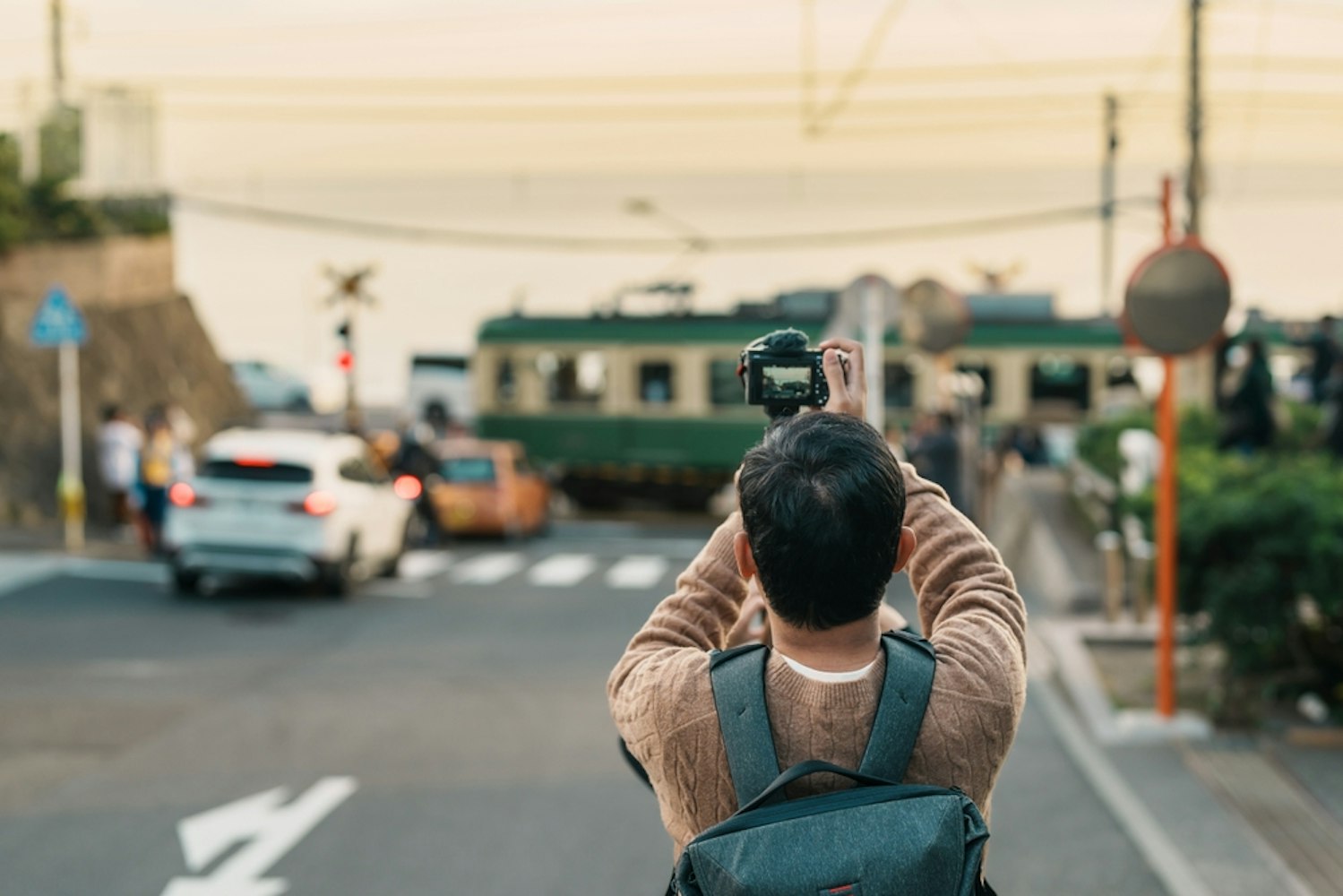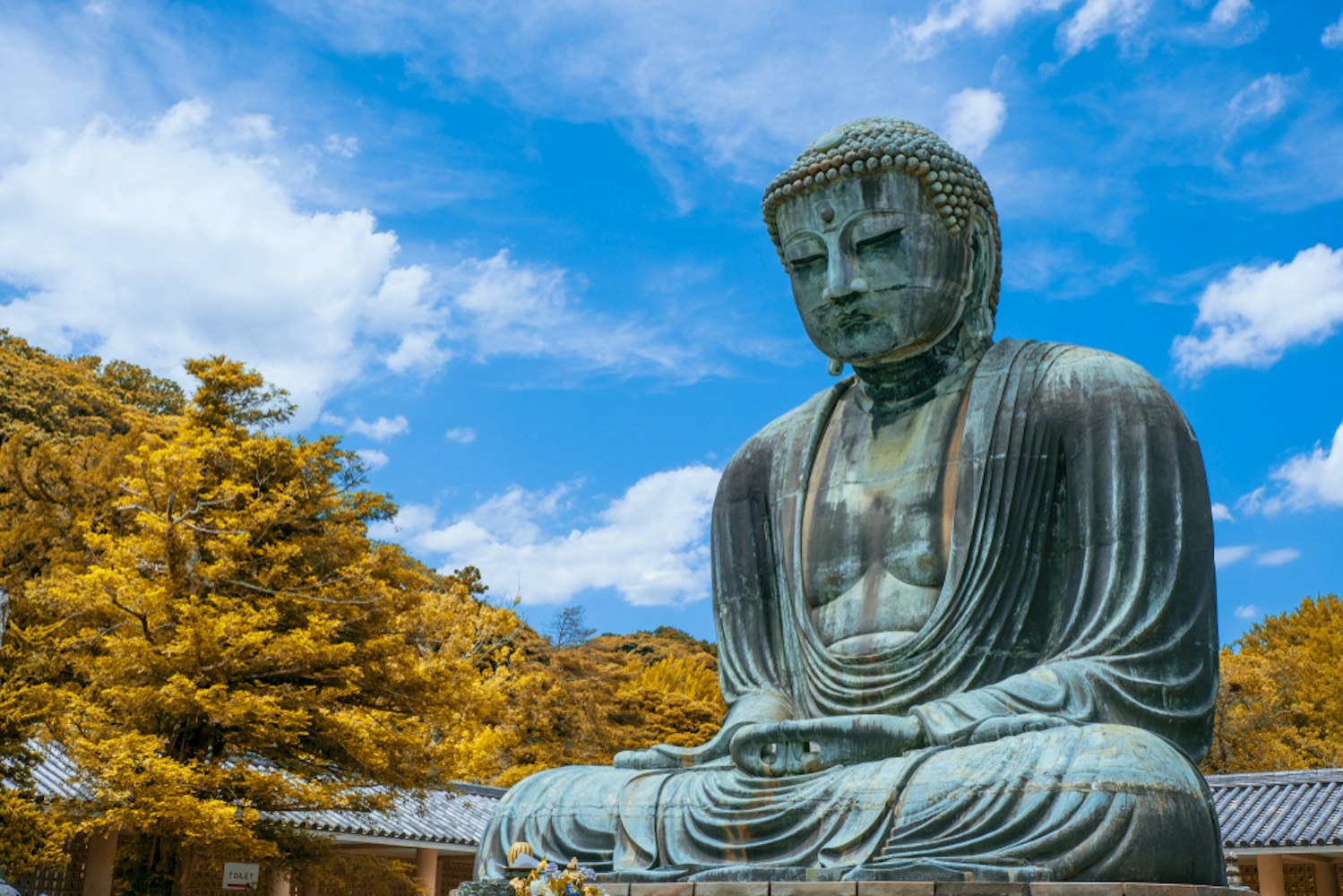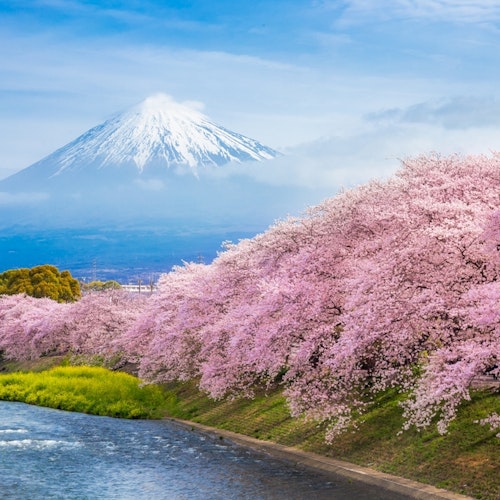

A day trip to Kamakura is an unbeatable choice if you're exploring Japan and want a mix of historical charm, spiritual tranquility, and vibrant shopping streets. Located in Kanagawa Prefecture, Kamakura is a coastal city with numerous temples, serene shrines, and cultural treasures from the Kamakura Period.
Just about an hour from Tokyo, this quaint city is perfect for a one-day escape from the bustling metropolis. Here's a meticulously planned Kamakura day trip itinerary that covers the highlights, ensuring a seamless and enriching experience.

Dive into the heart of historic Kamakura with our rickshaw tours.

Often called the "Kyoto of the East," Kamakura is steeped in Japanese culture and history. Once the political center of Japan, it was the seat of the Kamakura Shogunate during the 12th century.
Today, it blends scenic hiking trails, shrine complexes, and shopping streets filled with local food and crafts. Whether you're a history buff, a foodie, or seeking a peaceful retreat, Kamakura has something for everyone.
From the towering Great Buddha of Kamakura to enchanting bamboo forests, a day trip to Kamakura is an experience you'll cherish.

The fastest route is via the JR Yokosuka Line, which offers a direct train to Kamakura Station in under an hour. Alternatively, you can catch the JR Shonan Shinjuku Line or transfer to Shinagawa Station or Yokohama Station for more flexibility. Both lines provide easy access to Kamakura's main attractions.
If you're starting your journey from Shinjuku Station, the JR Shonan Shinjuku Line is your best bet. This direct connection takes about one hour and 15 minutes, making it convenient for travelers in western Tokyo.

Explore the picturesque regions of Hakone and Kamakura with ease.

Begin your Kamakura adventure at Engakuji Temple, a revered Zen sanctuary near Kita Kamakura Station. As one of the region's most historically and spiritually significant sites, it offers a serene introduction to the city's rich heritage.
Stroll through its meticulously maintained temple grounds, where the architecture harmonizes beautifully with nature. The main temple building, framed by vibrant seasonal blooms, invites quiet contemplation, making it a perfect spot to soak in the tranquil landscapes that define Kamakura's timeless charm.
Getting there: A short walk from Kita Kamakura Station.
Highlights: Small temple hall, lush gardens, and a serene tea house.

A Kamakura trip would only be complete with experiencing the awe of the Great Buddha of Kamakura (Kamakura Daibutsu). Standing over 11 meters tall, this iconic Amida Buddha is one of Japan's most famous and revered statues, crafted from bronze in the 13th century.
Within the tranquil grounds of Kotoku-in Temple, the statue offers a serene setting for reflection and admiration. Whether you're marveling at its sheer size or exploring its hollow interior, the Great Buddha is a profound symbol of Kamakura's rich history and spiritual heritage.
Getting there: Take the Enoden Train from Kamakura Station to Hase Station. It's a short walk from the station.
Highlights: Explore the main hall, marvel at the prayer wheels, and snap photos of this colossal bronze statue.

Enjoy leisurely walks and scenic hikes in Kamakura's serene local areas.

Next, visit Hasedera Temple, a serene and picturesque destination known for its rich cultural significance. The temple is home to small, intricately carved statues of Kannon, the goddess of mercy, scattered throughout its peaceful grounds.
One of the highlights is the bamboo forest near the entrance, offering a tranquil escape and perfect photo opportunities. Visit during the rainy season to witness the vibrant hydrangeas in full bloom, adding splashes of color to the lush green surroundings and creating an enchanting, almost dreamlike atmosphere.
Getting there: A short walk from the Great Buddha.
Highlights: A beautiful main temple hall, a tranquil small shrine, and a picturesque tea house.

Stroll down Komachi Street, a bustling hub of flavors and culture near JR Kamakura Station's east exit. Here, you'll find an enticing mix of local Kamakura delicacies, including freshly made matcha sweets, crispy rice crackers, and savory snacks like grilled squid skewers.
The lively atmosphere, lined with quaint shops and food stalls, makes it an ideal spot to refuel after exploring temples. Be sure to browse the artisan stores for souvenirs, ranging from handmade pottery to traditional Japanese crafts, perfect for capturing the essence of Kamakura's unique artistry.

Experience the rich cultural heritage of Kamakura on this private guided tour from Tokyo.

End your day at Tsurugaoka Hachimangu Shrine, the heart of Kamakura's spiritual and cultural identity. This iconic shrine complex is not only a place of worship but also a symbol of the city's historical roots as the political and religious hub of the Kamakura Period.
As you approach, you'll pass through its impressive grand torii gates, which lead to meticulously maintained sprawling grounds filled with scenic pathways, tranquil ponds, and seasonal blooms. A climb up the stone steps rewards you with stunning views of Kamakura City while exploring the main hall and surrounding shrines, which offers a deeper appreciation of Japan's rich heritage.
Getting there: A short walk from Komachi Street.
Highlights: Explore the main hall, climb the stairs for a panoramic view of Kamakura City, and visit the secondary shrine dedicated to Inari.
Hokokuji Temple: Known as the bamboo forest temple, its tranquil atmosphere is unmatched.
Maruyama Inari Shrine: A small shrine with striking torii gates.
Hiking Trails: Explore trails like the Daibutsu or Tenen hiking courses to get a different perspective of Kamakura.

Experience the iconic world of Slam Dunk with a two-hour guided tour in Kamakura.
Timing: Start early to avoid crowds and maximize your time.
Weather: Spring and autumn are the best seasons to visit, but the rainy season adds a lush beauty to the surroundings.
Comfort: Wear comfortable shoes for walking around the temple grounds and hiking trails.
A Kamakura day tour offers a rich blend of culture, history, and natural beauty, making it a fantastic day trip for anyone visiting Japan. With easy access via the JR Yokosuka Line and a well-planned day Kamakura itinerary, you'll experience the best this charming city offers.
Whether it's the awe-inspiring Kamakura Great Buddha, the serenity of Engakuji Temple, or the vibrant energy of Komachi Street, your journey through Kamakura will leave you with memories to treasure. So, pack your camera, grab a train from Tokyo Station, and prepare for an unforgettable escape to Kamakura!

Explore the historical city of Kamakura on a full-day private tour.



